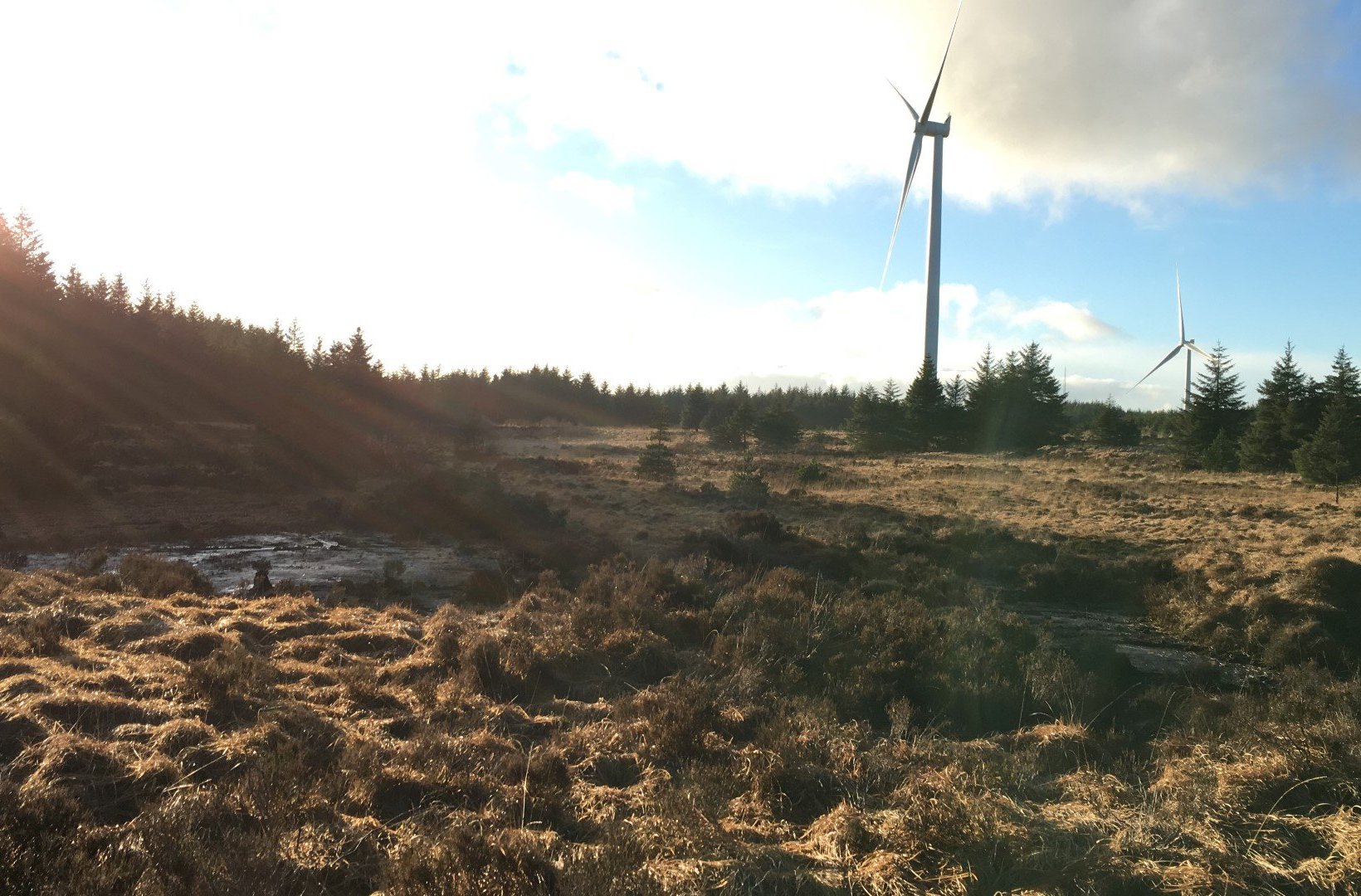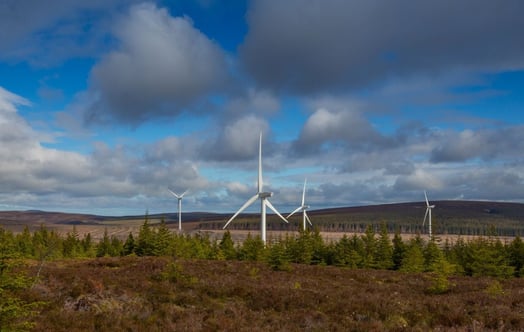
Opening the doors to the lost peatlands of South Wales
Pen y Cymoedd Wind Farm will be home to one of the largest peatland restoration projects in Southern Britain.
This week, the Lost Peatlands of South Wales Project was revealed by local partners, kick starting work on a major peatland restoration project which will bring an historic landscape to life for locals and visitors alike.
Rebecca Sharp, the Lost Peatlands project lead and NPT County Ecologist:
“The project’s aim is to re-discover and restore a forgotten landscape and kick-start the restoration of one of the largest interconnected peat resources in the UK, contributing towards tackling climate change, fire and flooding issues and declines in biodiversity. The project will also support local communities and visitors to enjoy this outdoor environment, get active, gain skills and learn about the rich heritage on their door step”.
Match funded by Pen y Cymoedd’s Habitat Management Fund, work will now start on recruiting a local team to begin to deliver a major habitat and community engagement programme from the site.
Chris Jackson, Senior Environment Specialist at Vattenfall:
“The £3 million Habitat Management Fund at Pen y Cymoedd is designed to enable local experts and partners to invest in restoring an significant landscape and habitat for the benefit of the environment and local communities. The expectation is that the Habitat Management Scheme will result in restoration of bog habitats, heathland, grassland and associated habitats across the site for important species. The site is home to an important breeding population of nightjar, as well as recently discovered water voles populations. We’re pleased to see that this investment will be further enhanced by the Lost Peatlands Project – a result of the significant commitment of Natural Resources Wales and the local authorities.”
As well as supporting local habitats, the Lost Peatlands projects will open the doors and encourage local residents and visitors to enjoy, appreciate and engage with this important landscape through a different lens and see afresh why this area was once known as the “Alps of Glamorgan”.



